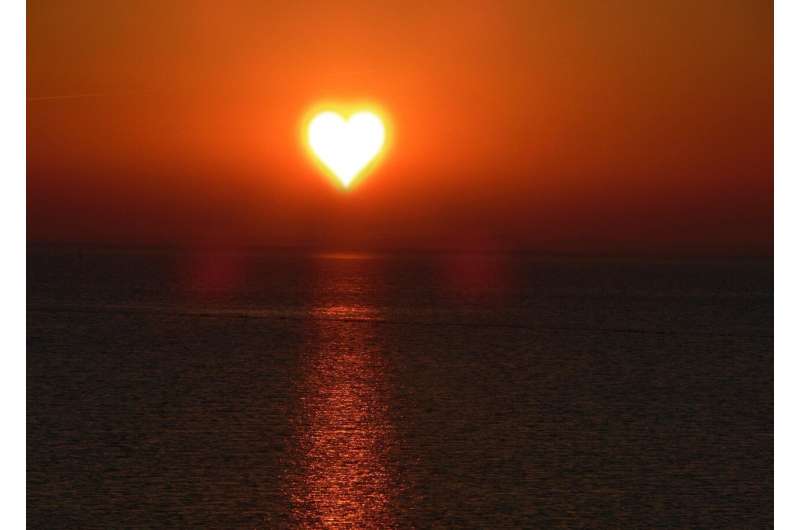Using drones, satellite tracking and infrared sensors to improve ocean health

Earth and ocean researchers at the University of Canterbury (UC) are using drones, satellite tracking and infrared sensors to improve ocean health.
The non-invasive technology used by UC earth system scientist Associate Professor Travis Horton and his team of researchers to monitor the vital signs of endangered paikea humpback whales is now being used to help understand the condition of our oceans ecosystem.
"The ocean makes up more than 70% of our planet, and because it is difficult to access such a large area, we have very little knowledge of what is happening in there," lead researcher Associate Professor Horton says.
In line with the United Nations (UN) Decade (2021–2030) of Ocean Science for Sustainable Development, "the science we need for the ocean we want," the UC researchers are developing novel technologies for ocean conservation.
"Most of my ocean research is innovative, developing technologies for identifying places that would benefit from enhanced sustainability. It all links together, getting the science and tech we need for the ocean that not only we want but for the ocean whales want," Associate Professor Horton says.
The researchers aim to generate full 3D models of humpback whales using non-invasive drones to understand their size, girth and yearly growth. The same technology will be used to measure coral reef health and feeding areas to ensure they are producing enough food for the endangered humpback whales of the central Pacific.
"Whales are sentinels of ocean health. If you can study the higher levels of the food chain we understand the trajectory of the whole ecosystem," he says.
Central Pacific humpback whales are the only endangered humpbacks on the planet and current anecdotal evidence suggests they tend to be smaller than other populations. "What we don't know, is why? Maybe they are younger, genetically isolated or is it because they are malnourished?"
Using the same technologies to monitor coral reef ecosystems will help researchers understand the impact climate change is having on coral bleaching and biodiversity loss.
"A coral reef is hard to study in detail, but by using a non-invasive drone, we can regularly monitor the condition of the coral reef ecosystem to see if it is improving or declining in health over time. Then we can create targets to increase the sustainability of the reefs through practices like coral seeding."
According to Associate Professor Horton, the ocean plays an important role in controlling the cycle and flow of oxygen and carbon across the planet. The ocean makes two thirds of the oxygen humans breathe.
"Every other breath we take comes from the oxygen made in the ocean. It takes up more than a quarter of the CO2 emitted by humanity and helps buffer the effects of climate change. Unfortunately, the ocean is acidifying in response, and that's bad news for corals and the animals, like paikea, that rely on it."
The UN's Decade of Ocean Science is important for research and technological development to ensure oceans are protected for the future, with the impacts from land use having a flow-on effect on the ocean.
"If you cut down trees in one place it can increase sediment delivery to the coastal ecosystems and potentially starve out other organisms, like corals in the tropics or cockles in Aotearoa New Zealand. It's our responsibility to help improve the health of those ocean ecosystems," Associate Professor Horton says.
Provided by University of Canterbury

















